A few years ago I made an underwater film illustrating casting and baiting accuracy. Using poles, I marked out a target on the bottom of a lake, put a marker float above it and got a pal to cast at it to see where his hookbait and loosefeed ended up.
We looked at where the lead was landing, the amount of swing-back, how the bait fell and all sorts of other variables. It was really helpful and, at the time, answered a lot of questions.
Even now, though, one of the questions I still get asked the most is: “How far past the marker float should I be casting so that my rig lands on my baited patch?” This article will help everyone cast more accurately.
USING ONE OF THE BEST CARP RODS WILL HELP IMPROVE YOUR CASTING ACCURACY.
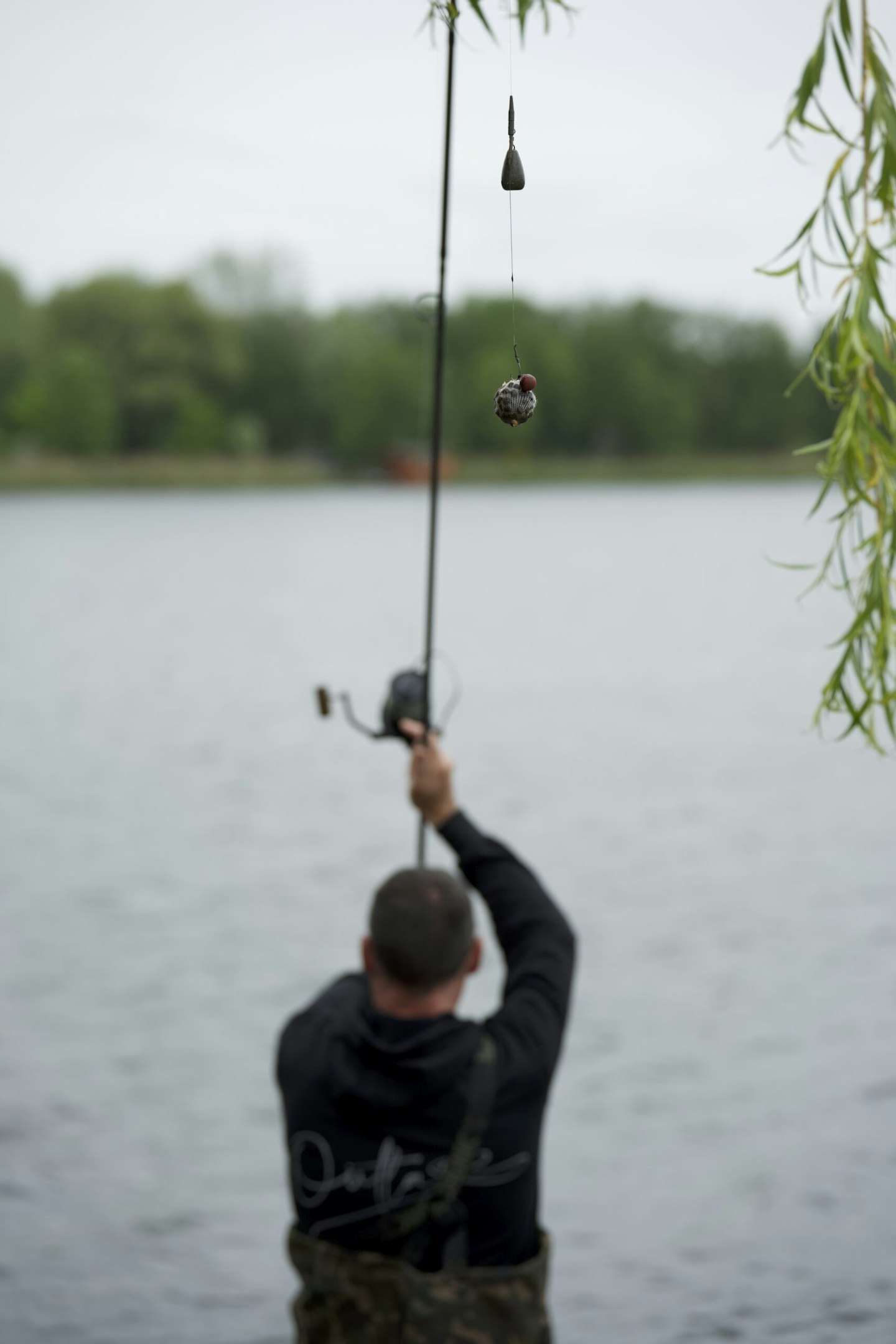
Accuracy
A lot of the time the exact positioning of the hookbait on the baited spot is almost irrelevant. If you think about it, put 10 Spombs out and they won’t all go down the same hole every time, therefore your baited patch is going to be quite big.
If you’re aiming at a float, how often did you hit it? As soon as your second Spomb hits the water there is a good chance your baited spot will get bigger, so the more bait, the wider the spot, the easier it is to hit it.
The key is to feel for the ‘donk’ when the rig lands. If it looks like it’s in the zone, and it’s presented well, chances are it’s going to be fine.
MAKE SURE YOU'RE USING THE BEST MAINLINES, CHECK OUT OUR BUYER'S GUIDE FOR SOME GREAT EXAMPLES.
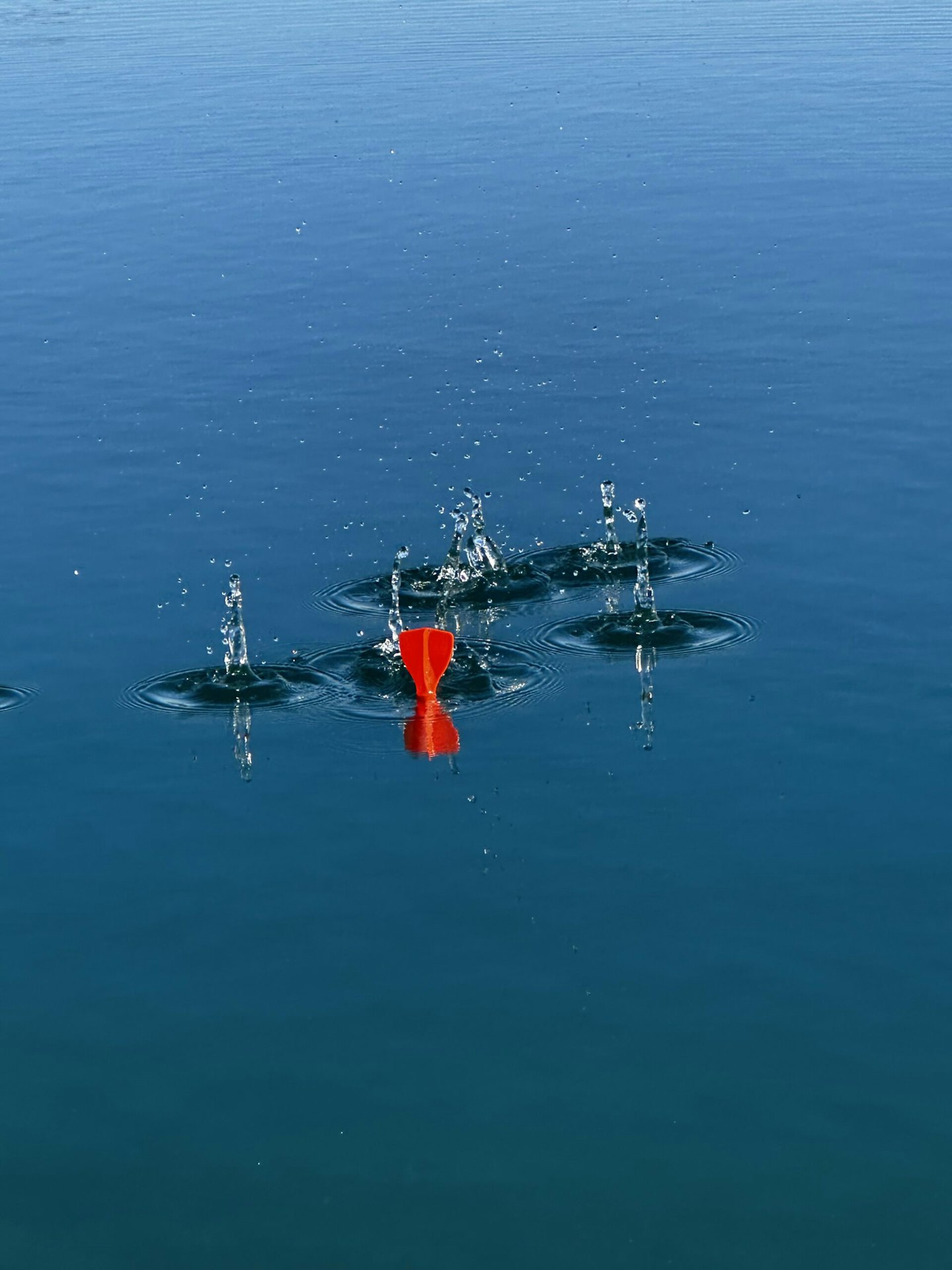
Type of bait, tow and drift
The type of bait you use, and the wind, will also have an effect on the size of your baited area. The same with drag, and how your Spomb empties. Watch when it’s landing so you have more of an idea what the patch looks like. It’s more likely to be clumps than a big bed if you’re putting a few Spombs in.
CARP WILL EAT A VARIETY OF BAITS, OUR EXPERT GUIDE HIGHLIGHTS SOME OF THE BEST BAITS TO USE.
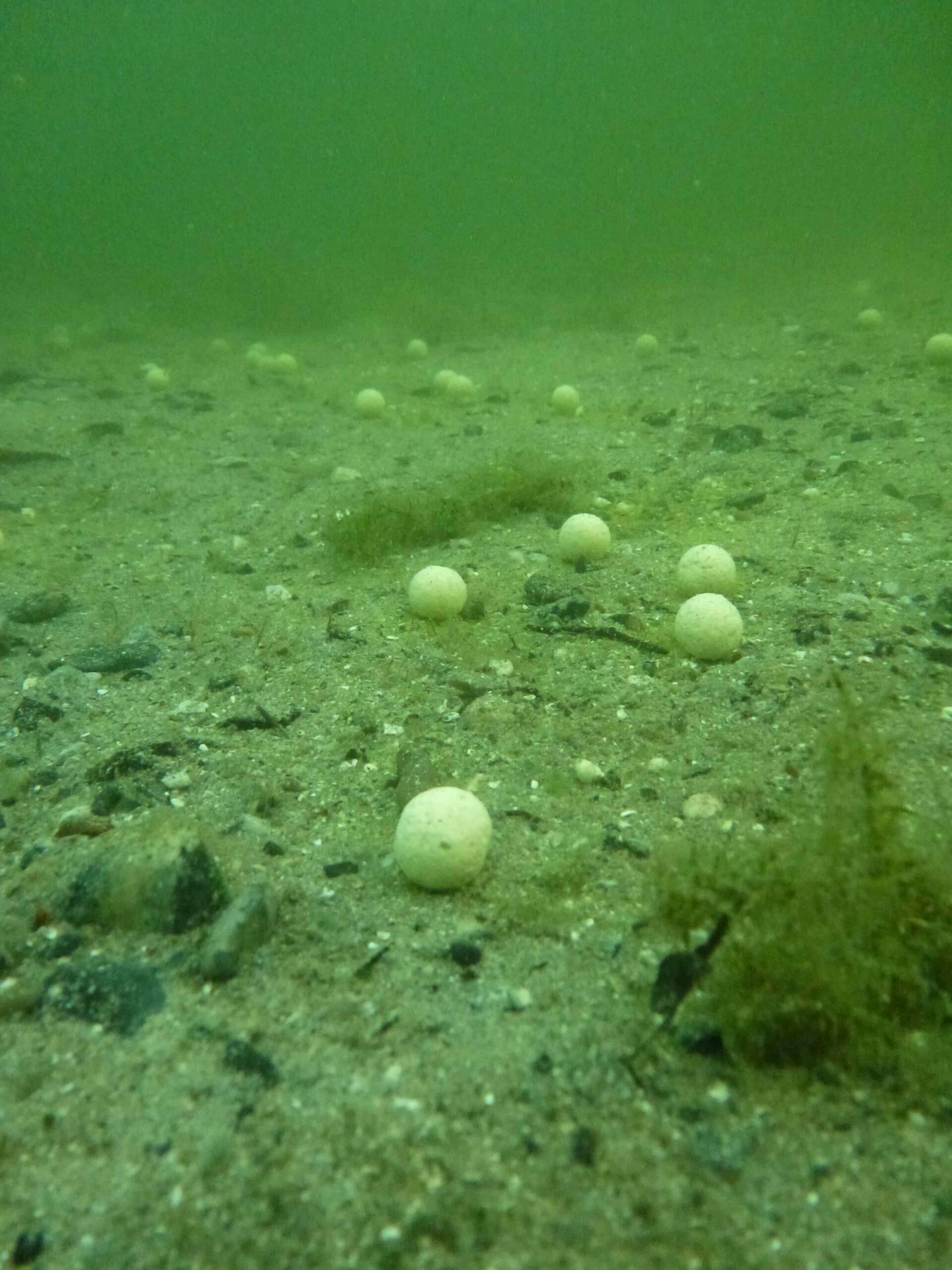
Hookbait positioning
Let’s say your baited patch is 2m square. That sounds quite big , as we often feel we’re fishing on a ‘bin lid’, but the reality is that our bait is often spread much wider. Despite what you might think, a 2m x 2m patch at 80yds is pretty accurate, and getting the rig on the spot can be a challenge.
But where do you want it? The back, middle or front? Some anglers like it at the back as they feel fish will be approaching from behind. Others like it at the front, as they don’t want their mainline running through the spot. There’s also the option to have it on the side or the middle. It’s down to personal preference, but it needs factoring into the equation.
If you want it at the front, wrap to the same distance; if you want it in the middle, add a foot or so; and at the back, add 1ft for every 5ft of depth.
ALWAYS BE ALERTED WHEN YOU GET A BITE BY USING ONE OF THE BEST BITE ALARMS.
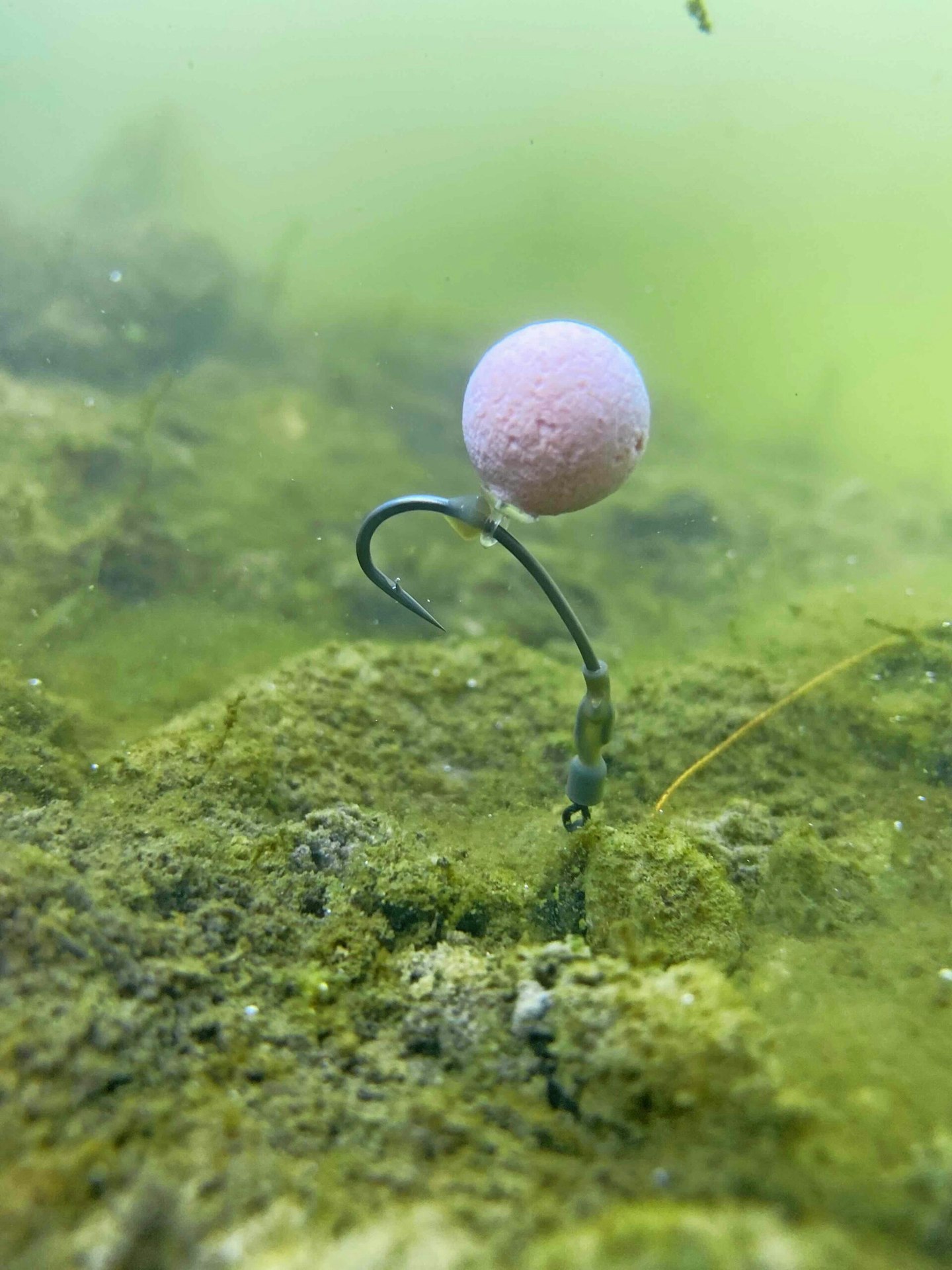
Distance and depth
Two of the biggest issues are depth and distance. The deeper the lake, the more swing back there is. The farther the distance, the less swing back.
If you’re fishing short but deep, swing back will be hefty. If you’re fishing long and it’s shallow, swing back will be minimal. This will affect how hard you need to hit the clip and where your final rod position needs to finish.
THE BEST SPOD RODS MAKE YOUR SPOMBING MUCH EASIER AND FAR MORE ACCURATE.
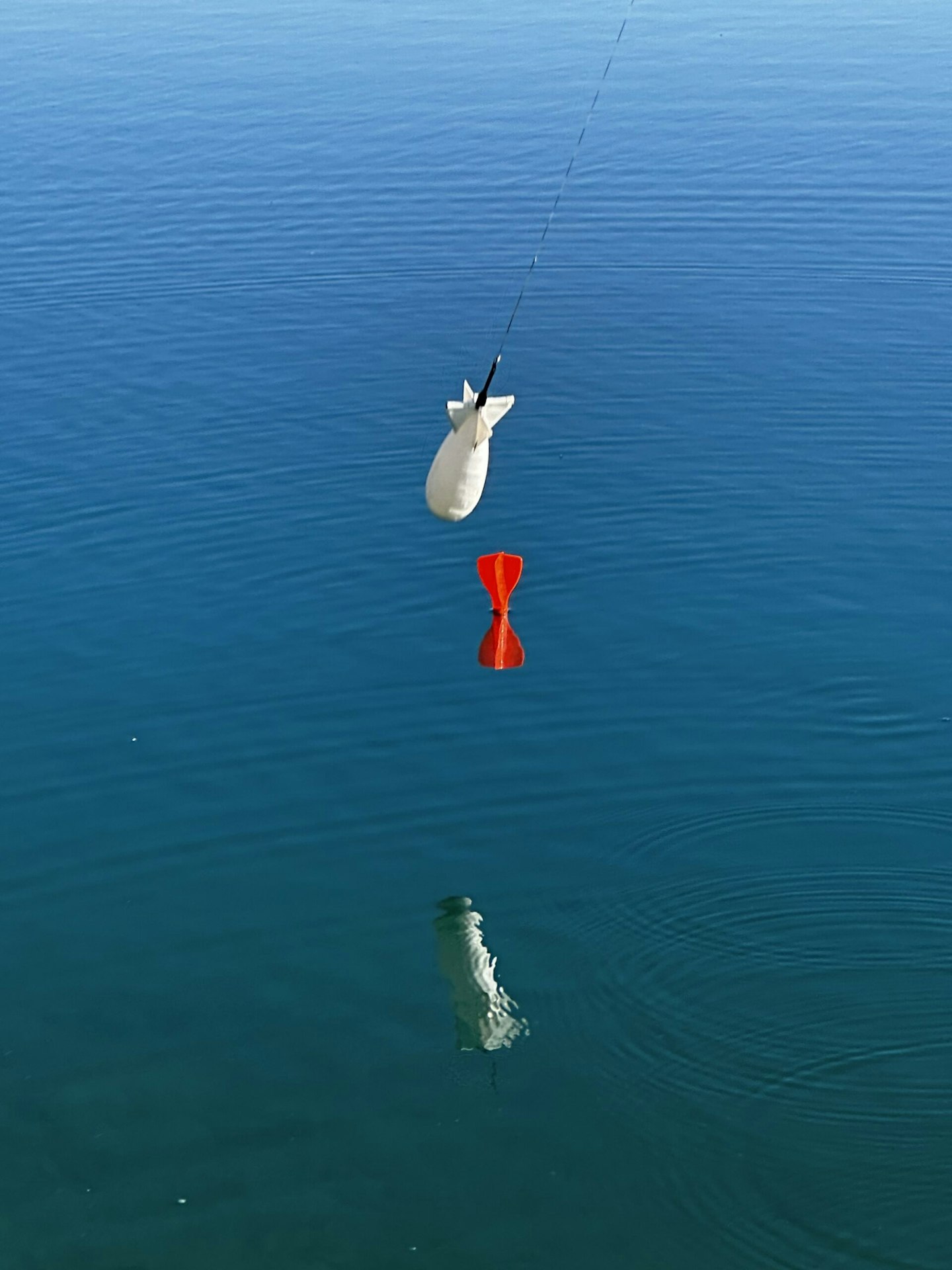
Variation in depth
When the baited area is of a pretty even depth I’m not hugely bothered about where the hookbait lands, as long as I get a donk and know it’s properly presented.
Where I really do pay extra attention is if I am fishing on a spot with a variation in depth, such as on the tops of bars, drop-offs and steep margins.
When fish feed on the flat, they are happy to mooch around the general area. If there’s a big variation in depth (and, by that, I mean it’s more than a couple of feet), they tend to follow the feature. It’s important your hookbait is where your feed is. Once carp have found a depth they’re happy feeding at, they will normally stay looking for food in that depth. If your hookbait is sitting a few feet above or below your feed it will really slow your bite rate down.
Three feet away on the flat is nothing. Three feet above or below often means a missed opportunity.

Rod-tip positioning
For pinpoint accuracy, you need to make sure your rod-tip on the casting rod ends up in the same place as the rod-tip on the marker rod.
If you put your marker rod on the floor and cast standing three feet away from the butt, you’re already some 14ft to 15ft out of plumb. The end position of the cast needs to be as close to the tip of your marker rod as you can possibly get it.
As we’ve seen, there’s quite a lot to it, but I feel that anglers do tend to get too hung up about it. The donk and the presentation in the general area is by far the most important aspect, unless of course it’s a big feature you’re fishing to.
DO A LOT OF SPODDING? MAKE SURE TO LOOK AT OUR BUYER'S GUIDE TO THE BEST SPOD REELS.
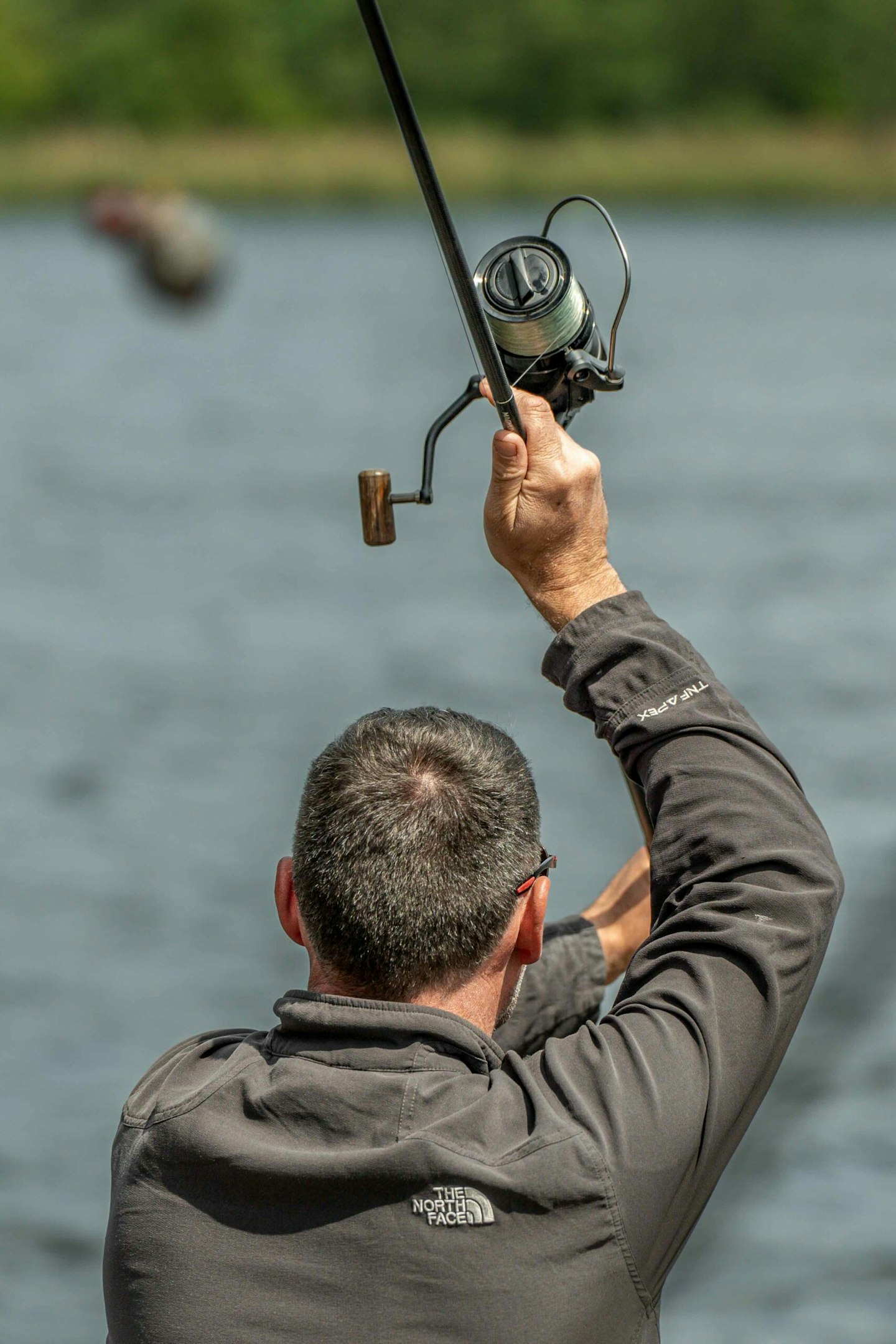
Feel the donk
I can’t stress how important this is. If it’s presented well in more or less the right area it will outfish a bait that is bang on but badly presented. Feeling the lead down through the water on a tight line, until it hits the bottom, will help you identify what you're fishing on.
USING ONE OF THE BEST FISHING BRAIDS MAKES IDENTIFYING WHAT YOU'RE FISHING OVER MUCH EASIER.

This page is a free example of the amazing content Angling Times Members get every single week. Becoming an Angling Times Member gives you access to award-winning magazine content, member rewards, our back issue archives, bonus content and more! Join our fishing community and find out more today!
